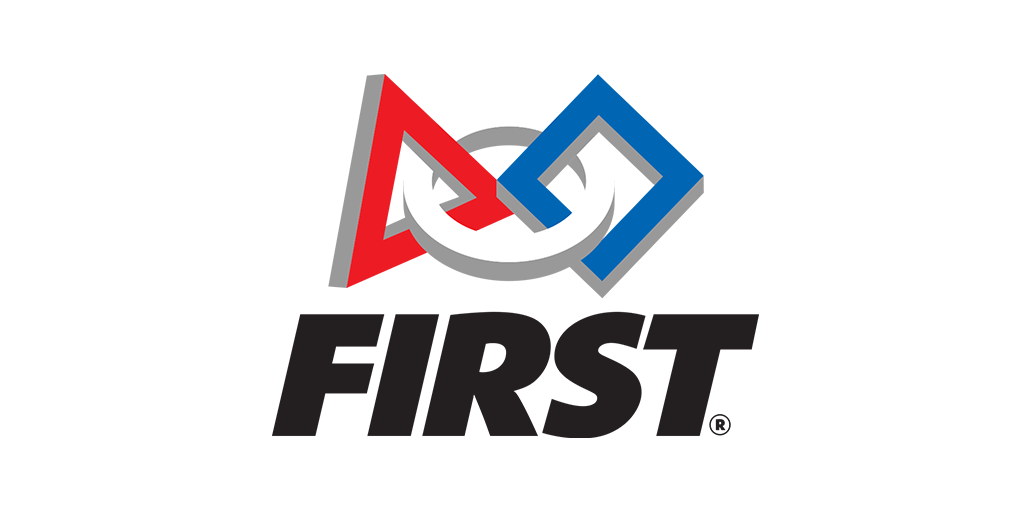7 Tips to Win the FIRST Robotics Competition (FRC)
For a high school student with a passion for robotics and technology, it is critical to build your skills and stay up to date on recent developments in this dynamic field. One of the best ways to do this is by participating in competitions that allow you to design your own robots and compete against your peers. Not only do such competitions offer a platform to showcase your skills, participation also significantly boosts your profile when applying to colleges.
This blog post dives into what the FIRST Robotics Competition (FRC) is all about, and the unique opportunity it offers to apply classroom theories in real-world scenarios, enhancing your future academic and career prospects.
What is the FIRST Robotics Competition?
The FIRST Robotics Competition is one of the country’s biggest and most prestigious robotics competitions, where high school students team up to build, program, and compete with industrial-size robots in a series of local and national championships. The competition is designed to simulate a real robotics challenge and inspire innovation and foster well-rounded capabilities including self-confidence, communication, and leadership. You'll be working in teams, blending your ideas and skills across both technical and non-technical skills, from engineering and strategic thinking to branding and fundraising. FRC is as close to real-world engineering as you can get in high school.
Is it prestigious?
With over 90,000 students representing 3,600 teams expected to participate in FRC, it is one of the largest and most prestigious robotics competitions in the country. Accordingly, it is sponsored by some of the biggest names in the industry - NASA, Bosch, Google, Apple, Ford, 3M, Lego, Disney and many more.
Through the regional, district, and national competition, you will get an enormous amount of exposure to industry-leading mentors, experts as well as some of the most skilled and motivated peers in the field. The associated prestige if you manage to reach the podium is huge, and even clearing the regional or district levels elevates your profile significantly. Not only that, FIRST is one of the few organizations which has proven its impact and effectiveness in the world of STEM education.
Who is eligible for the FRC?
To participate in the FRC, you need:
A team of fellow high school students aged 14-18 in grades 9-12, of ideally 10 or more members. There are several roles to fill in a team and plenty of work to be done.
Note that FRC is open to international students as well. You can find events in your respective country!
At least two adult mentors. These will be your primary points of contact with the FIRST team and may be parents, guardians or teachers.
A standard kit of parts (physical and virtual) provided by FIRST.
A sponsor(s) for funding and support. This is an expensive competition but there is a large support network around it, teams are advised and heavily encouraged to build their brand and pitch their work to find sponsors.
How is the FIRST Robotics Competition structured?
FRC is not just a single event but a series of competitions. Here's how the complete registration and participation timeline unfolds:
Team Registration period: Team registrations for FRC typically open in May. A series of events are scheduled for the season, which teams indicate via a preference system from September to November. The earlier you opt in for preference, the higher the chances you get the event(s) of your choice and preferred location, although there are multiple draws over the three months so that you eventually do land an event that you and your team are comfortable with.
Kickoff: The first big event of the FRC season, and the launchpad for the robot game that will be the focus of this year’s events and championship. The Kickoff for FRC was held on January 6.
Build Season: From Kickoff to the event season that starts at the end of February is the time to build your robot. This is going to be an intense two months as you work to rapidly adapt to the FRC game, plan out and adjust your Kit of Parts, and build your robot in time for the events!
Regional and District Events: The regional and district qualification events stretch from the last week of February to the first week of April.
Regional Events are large-scale events that can be attended by any team and allow you to progress directly to the FIRST Championship.
District Events are limited to district teams, which first need to participate in two smaller-scale events to qualify for the District Championship. Each district then sends a representative number of teams directly to the FIRST Championship.
FIRST Championship: The global finale for top teams and the culmination of nearly six months of effort. All the regional and district winning teams come together for a final showdown over three days of intense competition, from which one team emerges as the victor. This year’s Championship will be held from April 17 to April 20 at Houston, Texas.
Each year, the FRC releases a new game and its accompanying Game Manual during the Kickoff event. This year’s game is called CRESCENDO and the way it works is as follows:
Two competing alliances of three teams each face off in the arena:
Each alliance aims to have its robots score notes, amplify their speaker, harmonize onstage and take the spotlight in the time limit of 2 minutes and 30 seconds.
The first 15 seconds of a match are the autonomous period, where robots do not receive guidance from drivers and attempt to score notes.
The remaining 2 minutes and 15 seconds are driver-controlled, where robots collect notes from human players and score them in the amp and speaker. These notes can be amplified by players, or even in “coopertition” with the enemy team!
The full rules of the game are complex, and we highly recommend thoroughly reading the Game Manual.
7 tips to help you win
Understand the Challenge: Each year, the challenge is different, and techniques and strategies that may have worked in previous iterations might not work this time around. Dedicate plenty of time to going through the manual as soon as the Kickoff concludes, and ensure that your pre-planning and Kit creation before Kickoff stays flexible. This also brings us to the next point.
Assemble your Kit of Parts wisely: Each team gets a set number of credits to order parts, both standard as well as custom built. It is imperative that you tailor your robot’s design and construction to the game rules and requirements and accordingly prioritize your Kit in the limited credits available. You will inevitably have to sacrifice some aspects at the expense of others - the key lies in choosing what’s crucial and what’s expendable.
Assemble your team wisely: FRC is not just about technical knowledge and robotics expertise. A good part of the effort will go into logistics, fundraising and sponsorship applications. Utilize the strengths of each team member, both technical and non-technical, to secure your chances of winning.
Leverage mentorship: Not only does FRC mandate the presence of two mentors per team, it is critical to engage with them to the best of your ability due to the highly competitive nature of the challenge. If you do not have teachers or coaches readily available, FRC helpfully provides access to a Mentor Network you can reach out to. Ideally you will want to find people experienced with the workings of FRC, either on the technical end of the best strategies to pursue in designing a winning robot, or on the non-technical side who can guide you when it comes to administration, fundraising and community outreach.
Utilize every available resource: FRC provides two massive lists of both technical resources as well as team management resources. These cover everything from CAD to drive systems to budgeting and leadership. This is one of the best resource compendiums available for you and your team to master, though you always have the option of seeking additional resources either yourself or with your mentors.
Embrace the spirit of “coopertition”: Coopertition is an FRC term that refers to “displaying unqualified kindness and respect in the face of fierce competition.” In the CRESCENDO game itself, you will get a large amount of points if you are able to cooperate with the opposing alliance on amplifying the notes. Do not lose yourself in the heat of the moment and ensure that you seize this opportunity.
Find a sponsor or two: The FRC is not a cheap competition, and trying to fund it on your own may prove to be an added challenge on top of making the robot and competing. FRC offers links to several grant opportunities, access to its own mentorship and alumni network, as well as assistance on how to approach fundraising. Utilize these resources to find yourself sponsors who will help you shoulder the financial side of the challenge.
If you’re looking to build unique projects in the field of AI/ML, consider applying to Veritas AI!
Veritas AI was founded by Harvard graduate students, and through the programs, you get a chance to learn the fundamentals of AI and computer science while collaborating on real-world projects. You can also work 1-1 with mentors from universities like Harvard, Stanford, MIT, and more to create unique, personalized projects. In the past year, we had over 1000 students learn data science and AI with us. You can apply here!
Image Source - First Robotics Competition Logo


